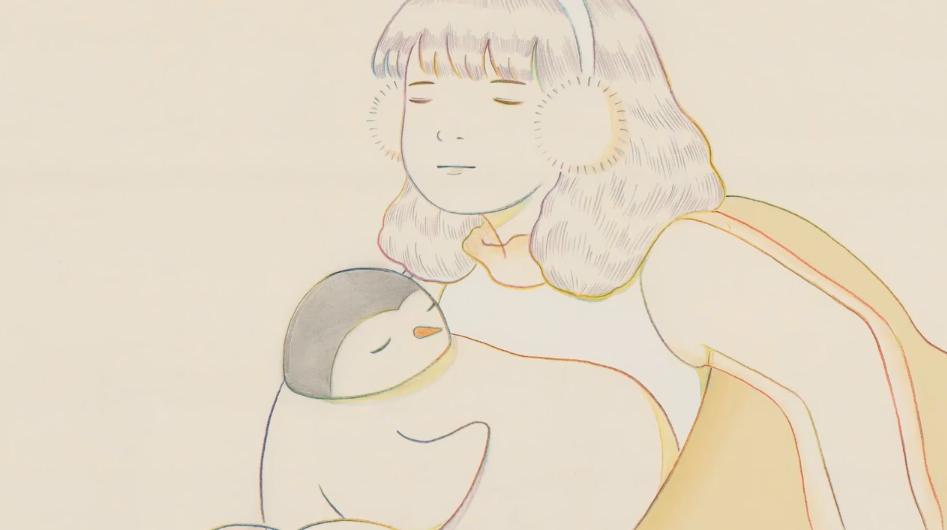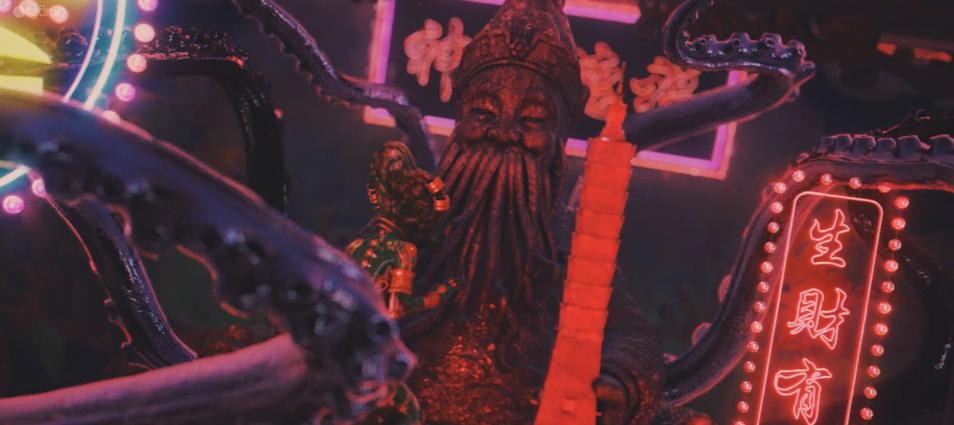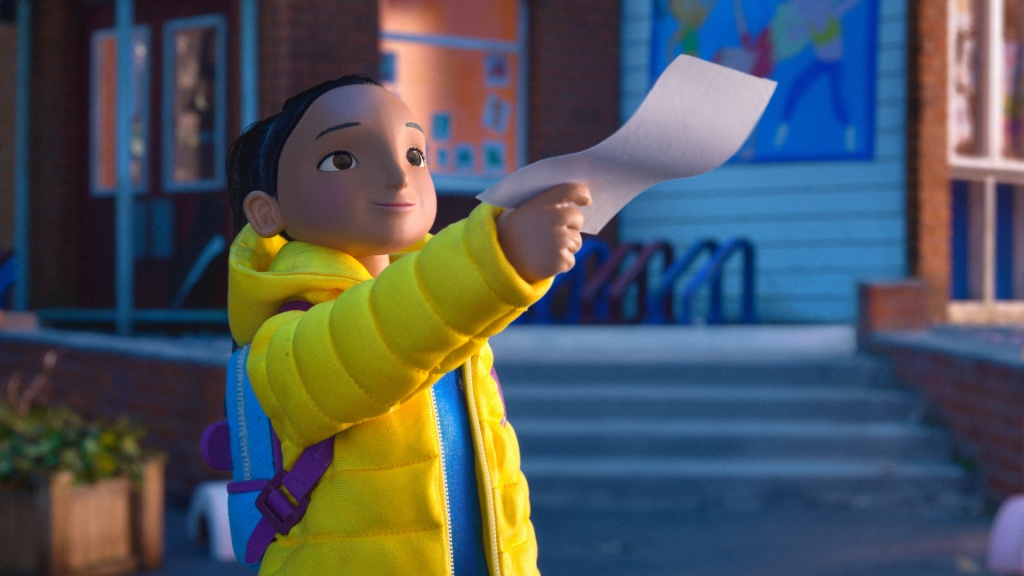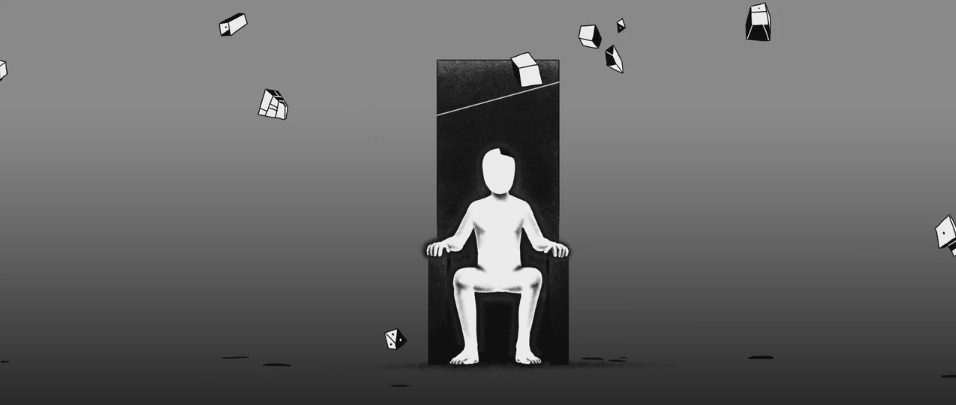- 上層分類: 動畫製作
- 分類: 動畫與 Rigging
- 作者 Yoyo 師堯
【AM T&T 決定動畫師的優劣要素?】【師堯】
【Animation Mentor - Tips & Tricks 】
【What Separates the Good Animator From the Bad Animator?】
【翻譯:師堯】
I would say, from a supervisor’s point of view, that a good animator is one who shows great attention to detail and won’t hand in work that is clearly mediocre or worse, accompanied by a myriad of excuses.
我必須說,身為動畫指導,我認為優秀的動畫師不但能展現他對細節的專注程度,而且不會交出一看就知道是平庸或是差勁的作品,然後再找很多理由跟藉口解釋。
They are aware of the thought processes of the characters they are animating, and are conscious of communicating that to the audience. A good animator creates interesting rhythm in their shot, and isn’t afraid of using moments of stillness to accent both the rhythm and the communication.
優秀的動畫師會注意角色的思考過程,並意識到他必須透過角色與觀眾溝通。優秀的動畫師會在他的鏡頭表演中注入有趣的節奏,也不會擔心運用片刻的靜止或沉默,來強調表演節奏與溝通。
There are also some elements of detail that I find really separate good animation from bad. One element is shoulder movement. Bad animators will not use the shoulders very much in their animation, when in reality, shoulders have a huge amount of articulation and really connect the arm movement into the torso movement. I’ve seen lots of stiff or non-existent shoulder movement in bad animation.
我也發現有一些細節可以幫我辨別動畫的好壞,其中一項就是肩膀的運動。平庸的動畫師在在做動畫時,往往不太動肩膀這一塊,但是在現實生活中,肩膀被身體牽動,然後再帶動手臂,很大一部分的情感表現其實都來自肩膀的動作。我看過太多肩膀動作僵硬的動畫,甚至有些肩膀連動都不動的。
Good hand poses are another element that take good animation to the next level. Hands are incredibly emotive and communicative, but it is also painstaking to animate all those digits. A good animator will put the work in, not only to make the movement work, but to make the poses interesting visually, appealing, and connect those poses to the character’s acting and emotion.
好的手勢變化( hand poses )是另一個讓動畫提升到更高層次的元素。我們的手可以傳達出豐富細膩的情感與溝通,但也表示需要動畫師繁複細心地設計每一根手指的動作。優秀的動畫師會把這樣的細節加進他的鏡頭中,而且不只是精準地完成動態而已,他還會讓這些動態在視覺上看起來很有趣,很有吸引力,讓手勢變化與角色的情緒和動作之間產生關連。
Other than those particular things, it’s just a mastery of the principals of animation--paying attention to all of the elements that make a great shot! Great posing, great timing, body mechanics, great character acting (and this is something that is very difficult-- mastering the body language and personality of a particular character versus just moving a character around generically).
除了上述這些特別的提醒之外,其實你只需要精通動畫原理的基本法則—仔細觀察了不起的鏡頭構成元素!例如:好的姿勢、好的時間節奏、正確的身體力學、動人的角色表演,其實這有時候非常困難。你要通盤了解某一角色的肢體語言和人格特質,而不只是讓角色普普通通地動來動去)。
Something I can’t emphasize enough is the importance of having strong body mechanics. Whether you’re going more realistic or more cartoony, if the body mechanics aren’t “buyable” the character will never really take on life. If they don’t have that illusion of life, that makes it very difficult for the audience to empathize with them, and it will be much, much harder to draw the audience into the story and maintain the suspension of disbelief.
還有,我必須再次強調,擁有正確清楚的身體力學極為重要。不管你是要走偏寫實或是偏卡通的路線,假如身體力學的部分不夠令人信服,那麼你的角色表演就永遠不可能擁有生命力,如果角色缺乏生命力,觀眾就很難對他們產生共鳴,那你的觀眾將會不停地疑惑,因此很難、很難進入故事當中。
Sole proprietor of Killerjellybean Animation
Project Director/Guest Lecturer, Multimedia
Studies at Northeastern University
相關閱讀(師堯翻譯):
【3D網狀拓樸學的小知識:四角面vs. 三角面】【師堯】
【AM T&T 動畫公司的面試是怎麼一回事?】【師堯】
【AM T&T 關於角色對話的秘訣】【師堯】
【AM T&T 如何讓不討喜的角色討喜?】【師堯】









